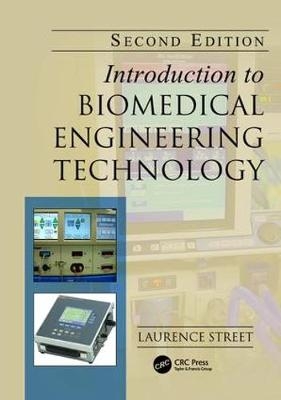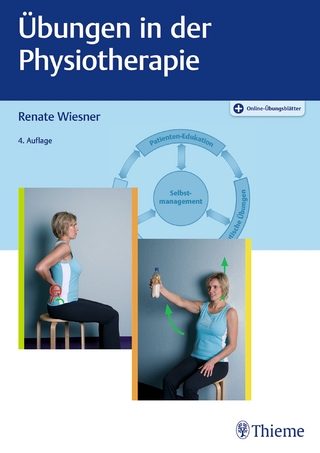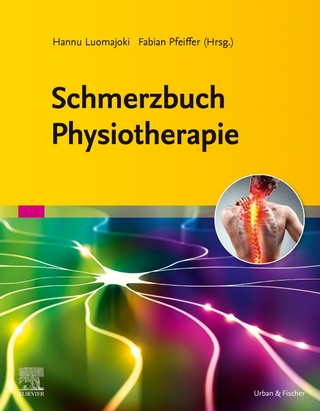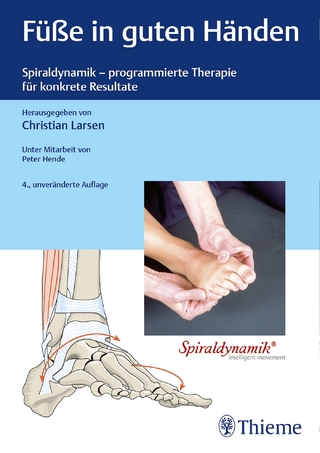
Introduction to Biomedical Engineering Technology, Second Edition
Routledge (Verlag)
978-1-138-07624-2 (ISBN)
- Titel ist leider vergriffen;
keine Neuauflage - Artikel merken
Written by an experienced biomedical engineering technologist, the book describes the technological devices, various hardware, tools, and test equipment used in today’s health-care arena. Photographs of representative equipment; the technical, physiological, and anatomical basis for their function; and where they are commonly found in hospitals are detailed for a wide range of biomedical devices, from defibrillators to electrosurgery units.
Throughout, the text incorporates real-life examples of the work that biomedical engineering technologists do. Appendices supply useful information such as normal medical values, a list of regulatory bodies, Internet resources, and information on training programs. Thoroughly revised and updated, this second edition includes more examples and illustrations as well as end-of-chapter questions to test readers’ understanding.
This accessible text supplies an essential overview of clinical equipment and the devices that are used directly with patients in the course of their care for diagnostic or treatment purposes. The author’s practical approach and organization, outlining everyday functions and applications of the various medical devices, prepares readers for situations they will encounter on the job.
What’s New in This Edition:
Revised and updated throughout, including a wider range of devices, full-color anatomy illustrations, and more information about test equipment
New, integrated end-of-chapter questions
More real-life examples of Biomedical Engineering Technologist (BMET) work, including the adventures of "Joe Biomed" and his colleagues
New appendices with information about normal medical values, regulatory bodies, educational programs in the United States and Canada, international BMET associations, Internet resources, and lists of test equipment manufacturers
More illustrations
Laurence Street has a BSc degree in Zoology from the University of British Columbia, a BC Teaching Certificate from UBC, and a Diploma in Biomedical Engineering Technology from the B.C. Institute of Technology. He has taught at both middle school and community college levels, and worked for almost 30 years as a hospital Biomedical Engineering Technologist. He has three previous books published by CRC Press/Taylor & Francis: A Guide to Patient Care Technology, the first edition of Introduction to Biomedical Engineering Technology, and Clinical Procedures for Medical Technology Specialists. To illustrate the real-life work of biomedical engineering technologists, Introduction to Biomedical Engineering Technology, Second Edition describes the adventures of "Joe Biomed" and his colleagues. You can connect with Joe Biomed on Facebook.
Introduction
History of Medical Devices
The Role of Biomedical Engineering Technologists in Health Care
Characteristics of Human Anatomy and Physiology That Relate to Medical Devices
Summary
Questions
Diagnostic Devices: Part One
Physiological Monitoring Systems
The Heart
Summary
Questions
Diagnostic Devices: Part Two
Circulatory System and Blood
Respiratory System
Nervous System
Summary
Questions
Diagnostic Devices: Part Three
Digestive System
Sensory Organs
Reproduction
Skin, Bone, Muscle, Miscellaneous
Chapter Summary
Questions
Diagnostic Imaging
Introduction
X-Rays
Magnetic Resonance Imaging Scanners
Positron Emission Tomography
Diagnostic Ultrasound
Picture Archiving and Communication Systems
Summary
Questions
Treatment Devices: Part One
Heart
Circulatory System and Blood
Respiratory System
Summary
Questions
Treatment Devices: Part Two
Nervous System
Renal System
Sensory Organs
Summary
Questions
Treatment Devices: Part Three
Reproduction
Skin, Bone, Muscle, and Miscellaneous
Summary
Questions
Biomedical Engineering Technologist (BMET) Work
Overview
Electrical Safety
Other Safety Considerations
Performance Assurance
Troubleshooting Techniques
Electrostatic Discharge
Summary
Questions
Testers and Tools
Introduction
General Test Equipment
Specialized Biomedical Test Equipment
Specialized Calibration and Testing Devices
Tools
Soldering
Other
Summary
Questions
Batteries, Radiation, and Computers
Batteries
Battery Analyzers
Battery Disposal
Electromagnetic Radiation
Digital Electronics
Summary
Questions
Technology Management
General Considerations
Planning
Software
Appendix A: Normal Values
Appendix B: Regulations and Standards
Appendix C: Biomedical Engineering Technology Programs in the United States and Canada
Appendix D: Biomedical Associations
Appendix E: Devices and Manufacturers
Appendix F: Test Equipment Manufacturers
Appendix G: Bibliography and Internet Resources
Index
| Erscheinungsdatum | 22.04.2017 |
|---|---|
| Zusatzinfo | 4 Tables, black and white; 365 Illustrations, black and white |
| Verlagsort | London |
| Sprache | englisch |
| Maße | 178 x 254 mm |
| Gewicht | 730 g |
| Themenwelt | Medizin / Pharmazie ► Physiotherapie / Ergotherapie ► Orthopädie |
| Technik ► Maschinenbau | |
| Technik ► Medizintechnik | |
| ISBN-10 | 1-138-07624-4 / 1138076244 |
| ISBN-13 | 978-1-138-07624-2 / 9781138076242 |
| Zustand | Neuware |
| Informationen gemäß Produktsicherheitsverordnung (GPSR) | |
| Haben Sie eine Frage zum Produkt? |
aus dem Bereich


